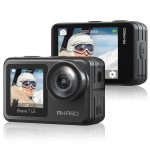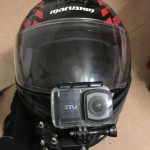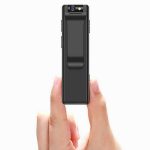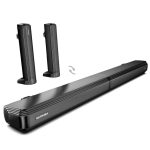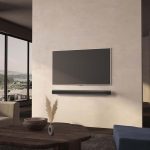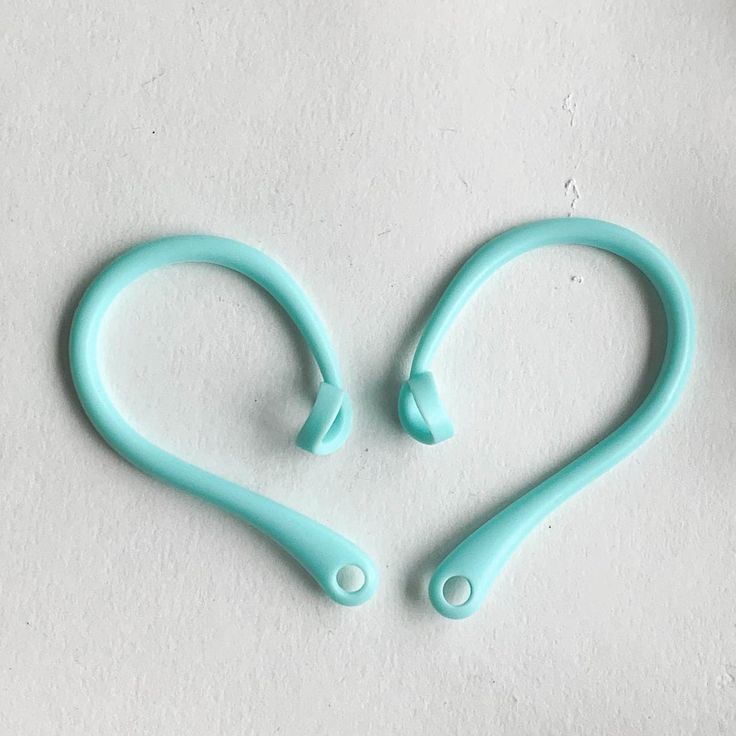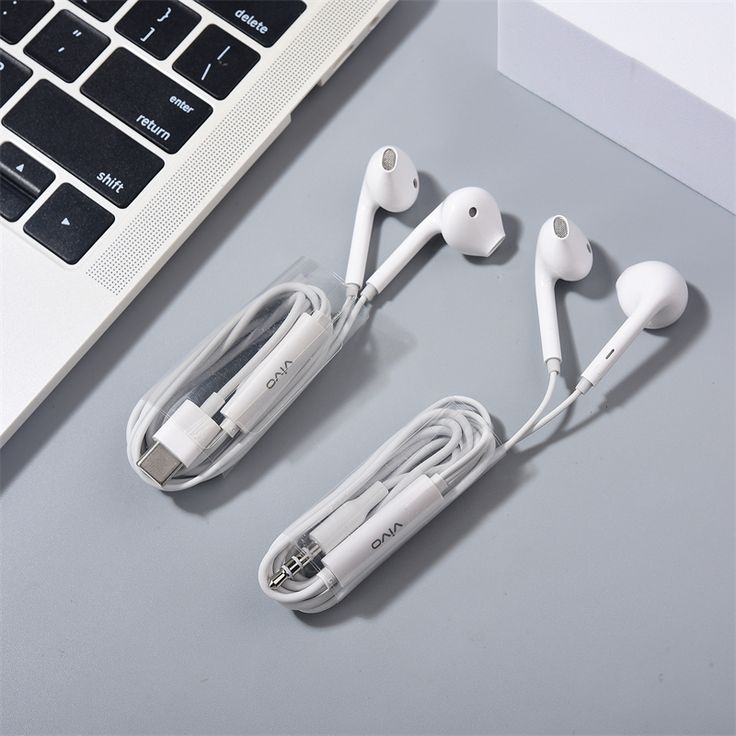Connecting headphones to your phone is a straightforward task, yet it can sometimes be confusing, especially with the variety of devices and connection types available today. Whether you’re using wired or wireless headphones, knowing how to connect them properly ensures you get the best audio experience. In this article, we’ll guide you through the different methods for how to connect headphones to phone, troubleshooting common issues, and providing tips for optimal use.
Understanding Different Headphone Jacks and Connectors
Before diving into how to connect headphones to phone, let’s understand the various jacks and connectors. There are several types that you might come across:
- 3.5mm Jack: This is the standard audio jack found in many devices. It’s often referred to as a 1/8-inch or an ‘aux’ jack.
- 2.5mm Jack: Smaller than the 3.5mm jack, this type is less common and usually found in older phones or communication devices.
- 6.35mm Jack: Also known as a 1/4-inch jack, it’s typically used in professional audio equipment.
- USB Type-C and Lightning Connectors: Newer phones may feature USB Type-C or Apple’s Lightning port instead of traditional headphone jacks.
In addition to physical connectors, modern phones also support wireless connection methods:
- Bluetooth: A popular wireless technology that lets you connect headphones without a physical cord.
- NFC (Near Field Communication): Some headphones support NFC for quick pairing with compatible phones. Simply tap the devices together to connect.
Most headphones come with either a 3.5mm plug, which suits most phones, or Bluetooth capability, which is universally compatible. When you know which type of connector your headphones and phone use, connecting them becomes clearer. In our next section, we’ll walk through Bluetooth pairing, which has become a standard feature for most devices today.
Bluetooth Pairing: A Step-by-Step Guide
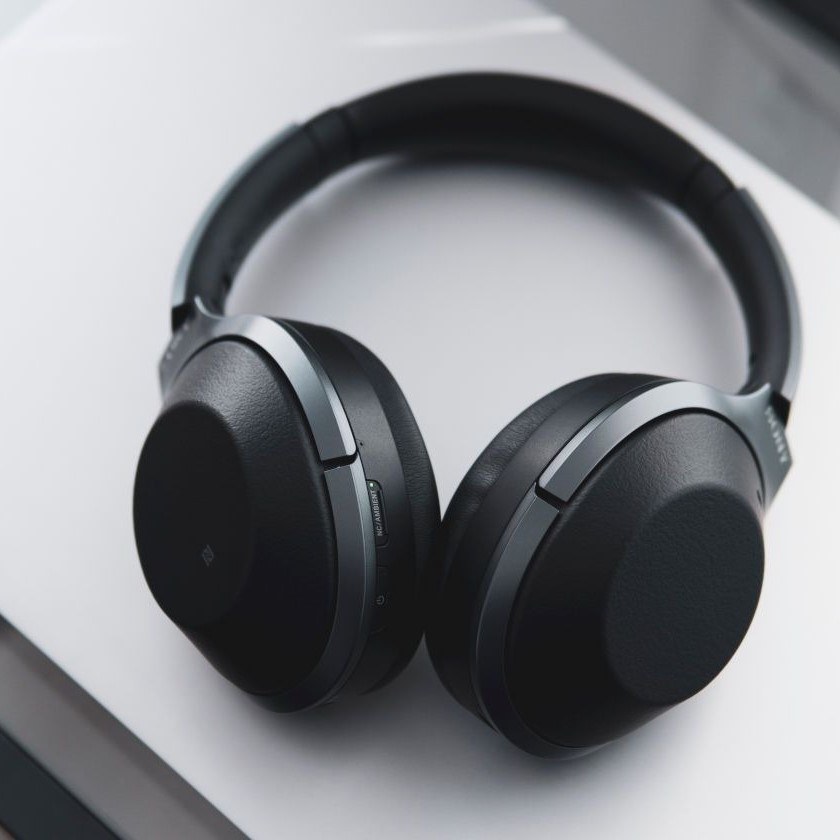
Connecting your headphones to your phone using Bluetooth can seem complicated. But, with these simple steps, you’ll enjoy wireless listening in no time. Here’s how to connect headphones to your phone via Bluetooth.
- Turn on Your Headphones: Ensure your Bluetooth headphones are on and in pairing mode. Check the manual if you’re unsure how to do this.
- Enable Bluetooth on Your Phone: Go to your phone’s settings and find the Bluetooth menu. Turn on the Bluetooth function.
- Pair the Devices: On your phone’s Bluetooth menu, look for your headphones’ name. Tap it to pair. If prompted, enter the pairing code found in your headphones’ manual.
- Confirm Connection: Once paired, your phone will confirm the connection. You may see a notification or hear an audible tone from your headphones.
- Test the Audio: Play music or a video on your phone to test the sound. Adjust the volume on both devices to find the best level.
Remember, your headphones and phone should be close to each other during pairing for the best results. If the connection is unsuccessful, turn the Bluetooth off and on again on both devices and try the steps once more. Stay within the ideal range to maintain a stable connection.
Troubleshooting Common Connection Issues
Sometimes, you may encounter problems when trying to connect headphones to your phone. Here are some common issues and how to fix them:
- Headphones Not Detected: Make sure your headphones are in pairing mode. Restart them if necessary. Check that they’re fully charged.
- Phone Can’t Find Headphones: Refresh your phone’s Bluetooth search. Ensure the headphones are close to your phone. Avoid interference from other Bluetooth devices.
- Connection Keeps Dropping: Stay within the recommended range. Avoid physical obstructions. Check for electronic interference from other devices.
- Poor Sound Quality: Adjust the volume levels on both devices. Check for and remove any dust or debris in the headphone jack. Restart your phone and headphones.
- No Sound After Connection: Ensure the headphone is set as the audio output. Restart both devices. Re-pair the headphones to your phone.
- Cannot Pair: Make sure the headphones aren’t paired with another device. If they are, disconnect them and try again.
- Delayed Audio: Check for any updates for your headphones’ firmware. Close unnecessary apps on your phone that may be using Bluetooth.
If these quick fixes do not resolve the issue, consult the user manual for your headphones and phone for specific troubleshooting methods related to your devices. You can also contact customer support for further assistance. Remember, frequent connection problems may indicate it’s time to replace your headphones or phone’s Bluetooth hardware.
Connecting Headphones to Android Devices
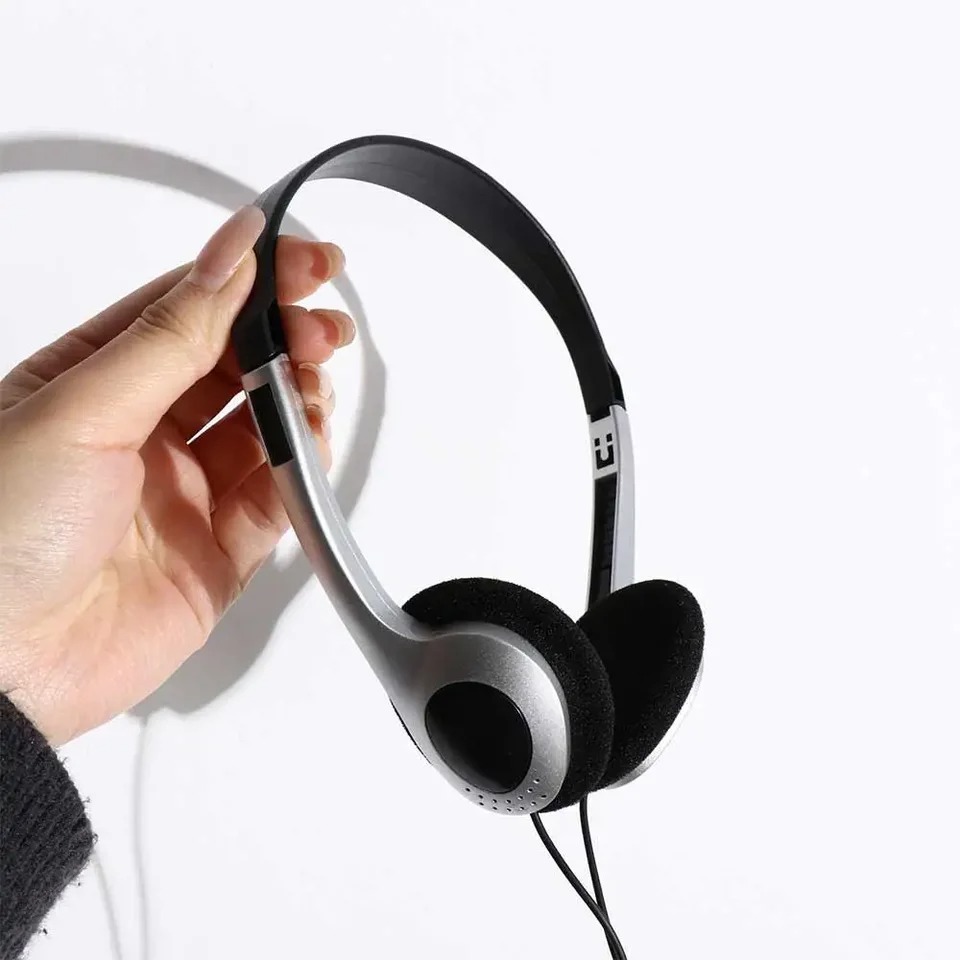
When you want to connect headphones to an Android phone, the process is straightforward. Follow these simple steps to get started:
- Check Your Headphone Connector: Confirm if your headphones use a 3.5mm jack, USB Type-C, or are Bluetooth-enabled.
- Use the Appropriate Port: If they’re wired, plug them into the corresponding jack on your phone. For USB Type-C headphones, ensure your phone has this port.
- For Bluetooth Headphones: Slide down the notification panel. Tap the Bluetooth icon to turn it on.
- Enter Pairing Mode: Activate pairing mode on your headphones. Refer to the manual for how to do this.
- Select Your Headphones: In the Bluetooth settings, find your headphones’ name and tap to connect.
- Check Audio Output: Once connected, play a song to ensure sound comes through the headphones.
If you encounter any issues, restart your phone and try these steps again. For most Android devices, these methods will allow you to enjoy music and calls through your headphones. Remember to keep your devices close during the pairing process to ensure a seamless connection.
Pairing Headphones with iPhones
Connecting headphones to an iPhone is different from Android devices. Here’s a simple guide to help you pair your headphones, whether they’re wired or wireless:
- Identify the Connector: First, find out if your headphones have a Lightning connector or if they are Bluetooth-enabled.
- For Wired Headphones: If they have a Lightning connector, plug them directly into the iPhone’s charging port.
- For Bluetooth Headphones: Start by opening the Settings app. Tap on Bluetooth and make sure it’s turned on.
- Activate Pairing Mode: Turn on your headphones and set them to pairing mode. Check the headphones’ manual if you’re not sure how to do this.
- Choose Your Headphones: Look for your headphones in the list of Bluetooth devices. Tap the name to pair.
- Confirm Connection: When your iPhone pairs with the headphones, it will display a confirmation message.
- Test the Sound: Play some audio to confirm the headphones work properly with the iPhone.
In case of any issues, you can restart your iPhone and attempt the pairing process again. Also, ensure that your iPhone’s iOS is up to date for the best compatibility with the latest headphone models.
Utilizing Headphone Adapters for Older Phone Models
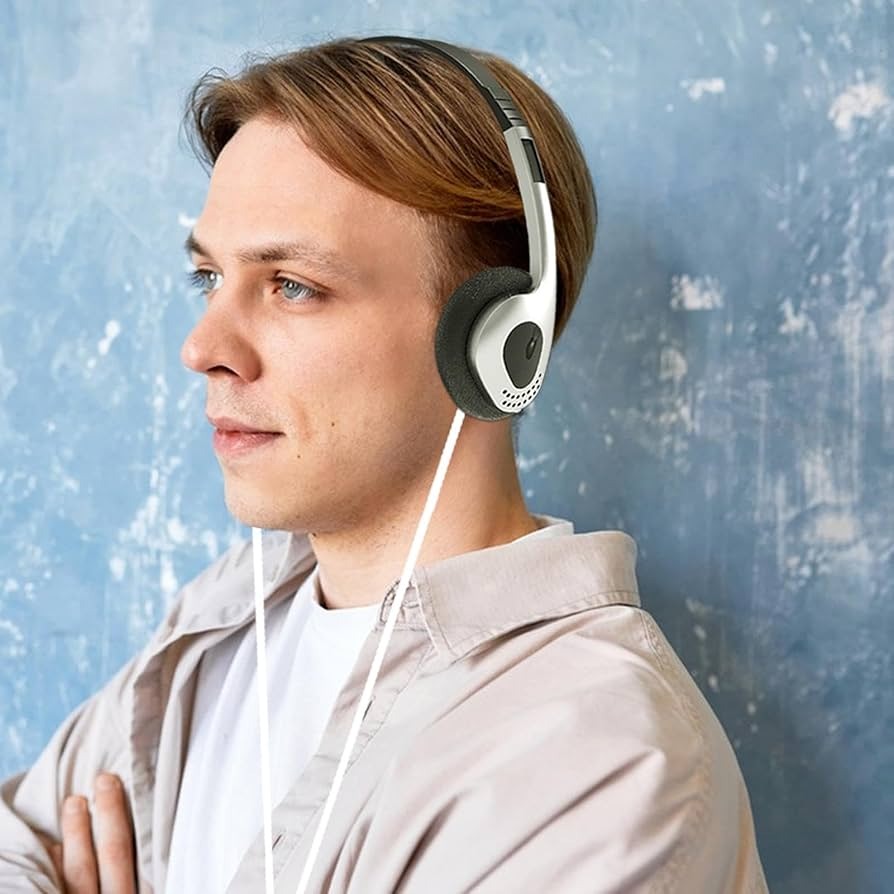
Sometimes, older phone models do not support current headphone jacks. Then, adapters come into play. These small devices bridge the gap between your headphones and your phone’s connectivity options. Here’s how to use them effectively:
- Identify the Required Adapter: Check your phone’s port and compare it with your headphone’s connector. You may need a 3.5mm to 2.5mm, or a USB to 3.5mm adapter.
- Purchase a Quality Adapter: Invest in a good quality adapter. It ensures better sound quality and reduces the risk of connection drop-outs.
- Connect the Adapter: Plug the adapter into your phone’s port first. Make sure it fits snugly and is fully inserted.
- Plug in Your Headphones: After the adapter is in place, connect your headphones to it. This step is similar to plugging them directly into a jack.
- Verify the Connection: Test the audio output to be sure the sound is being channeled through the headphones.
- Secure the Connection: Avoid moving the adapter too much as it can loosen. That may lead to poor sound quality or disconnections.
Using adapters might not be the ideal solution, but they bridge the crucial connectivity gap. If you find yourself using adapters often, consider upgrading to Bluetooth headphones for a more seamless experience. Remember to connect the headphones as described in previous sections to prevent any issues. Handling older phone models may seem challenging, but with the right adapter, you can enjoy modern headphones with ease.
Tips for Maintaining a Stable Headphone Connection
Maintaining a stable headphone connection can enhance your listening experience. Here are tips to ensure a constant link between your headphones and your phone:
- Keep Devices Close: Ensure your phone and headphones are in close proximity. Distance can weaken the Bluetooth signal.
- Charge Regularly: Low battery on either device can cause connection issues. Keep both the headphones and phone charged.
- Clear Obstructions: Walls and large objects can block signals. Keep a clear path between your devices.
- Limit Interference: Other wireless devices may interfere with the connection. Keep your phone and headphones away from other Bluetooth devices when possible.
- Update Software: Make sure your phone’s operating system and your headphones’ firmware are up to date.
- Reset Connection: If you notice instability, disconnect and then reconnect your headphones to refresh the link.
- Optimize Settings: Explore your phone’s Bluetooth settings for options that may improve connection stability.
- Use Quality Headphones: Invest in high-quality headphones known for reliable connectivity.
- Handle Adapters with Care: If you use adapters, ensure they’re securely connected to prevent disconnections.
- Restart Devices: Sometimes, a simple restart of your phone and headphones can resolve connection issues.
By following these tips, your headphones should connect seamlessly to your phone. Remember to troubleshoot using the guide provided earlier if any problems arise.
Recommended Apps for Enhancing the Listening Experience
Once you’ve successfully connected your headphones to your phone, you can enhance your listening experience with various apps. Whether you’re using an Android device or an iPhone, there’s a plethora of applications designed to help you get the most out of your music and audio content. Here are some recommended apps that can improve sound quality, offer equalizer settings, and provide convenient music management:
- Equalizer Apps: Apps like Equalizer+ and Bass Booster allow you to adjust the sound frequencies to your preference. Increase the bass or fine-tune the treble for a personalized sound.
- Music Players: Poweramp (Android) and VOX Music Player (iPhone) are known for their superior sound quality and extensive file format support.
- Podcast Apps: Pocket Casts and Overcast offer a great user interface and useful features like speed control and episode organization.
- Audiobook Apps: Audible and Libby by OverDrive are excellent for listening to audiobooks with features such as bookmarking and variable playback speed.
- Streaming Services: Spotify, Apple Music, and Tidal are popular services that provide access to vast music libraries and curated playlists.
- Noise-Canceling Control: For headphones with noise-canceling features, apps like Sony Headphones Connect and Bose Connect offer easy control over these settings.
- Soundscapes & Ambiences: Noisli and myNoise create ambient sounds that can help you focus or relax while wearing your headphones.
By incorporating these apps into your routine, you can take control of your audio experience and optimize it for your personalized enjoyment or productivity. Remember to keep your headphone’s software and the apps updated to ensure the best performance.

